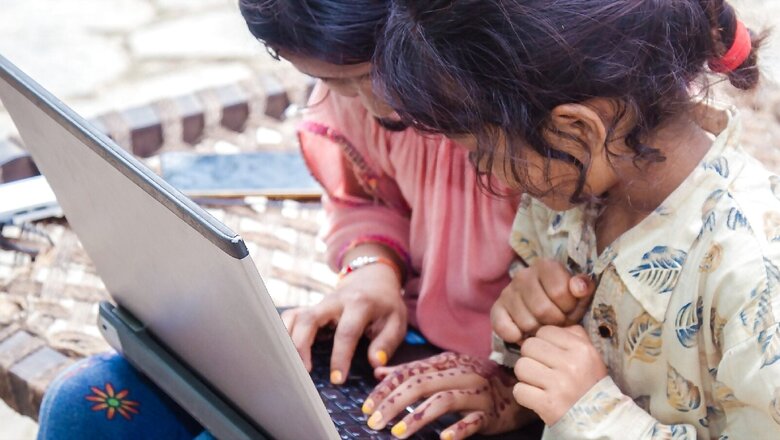
views
There are three generally accepted aims of all education — preparing students for employment in the future, helping young people become the best versions of themselves by developing their unique talents and skills, and ensuring that people are integrated successfully into society. It is the last of these three aims that is often the most contentious, as there are many different opinions on what ‘society’ should look like and how we should behave towards each other.
Social education has been defined by UNESCO as, “The only means to elevate mankind emotionally, intellectually, morally and materially”, while the ministry of education in India included phrases like ‘functional literacy’, ‘moral life’, ‘community development’ and ‘desirable social change’ in its 1963 definition. It seems there is a broad agreement about the kinds of aspirational goals we would like ‘social education’ to achieve, but how to do it is obviously more challenging.
Schools usually address ‘social education’ through three main avenues. To begin with, one of the fundamental building blocks of social education must be ‘literacy’. Societies function through effective communication, and without literacy (and to a lesser extent strong numeracy), it is difficult to imagine a community or society enjoying any cohesion or success. This is why you will always see the community’s main language as the most important course in any student’s report card, and why language competence will often be one of the key requirements in admissions tests for schools and universities.
Secondly, several schools offer ‘social science’ courses, which usually consist of history, geography, economics, business, religion, philosophy, psychology, etc. The purpose of these courses is to help students understand how they fit into the world, how people relate to each other, how things developed the way they did, and how people have thought about societies and the ideas that drive them. In my experience, I’ve often found that these are the classes at schools that students feel most comfortable in, which suggests to me an innate desire in young people to feel part of a community and to find ways to contribute (which contrasts with the typical criticism of our youth as being overly narcissistic).
Finally, beyond the curriculum, schools will often engage students in service work in the local community. The purpose is to help our students make connections between learning in the classroom and the world that they inhabit. These experiences can be very powerful learning opportunities, especially for students whose lives and schools feel more like a safe bubble, detached from the challenging lives of those around them.
This three-pronged approach of literacy in the official language, social studies classes and community service work may have served its purpose during the twentieth century; however, it is fairly clear that ‘social education’ needs to look different now.
‘Literacy’ is no longer limited to reading and writing in a particular language. Our children communicate via digital tools and need to become digital citizens with a high level of competence in new literacies. They live in a multilingual world of social media posts, images and reels, and to be ‘literate’ in such a world requires education to help them safely and effectively interpret the linguistic and visual signs that they are exposed to. Schools, therefore, need to ensure that a solid digital citizenship curriculum is part of the school programme and that students develop the literacy skills needed to navigate the new social milieu.
Social studies courses need to become more global in their focus so that students are prepared to take their place in the global community when they get older. There is no point memorising the names of kings, queens and presidents from a particular country when the issues that our young people will be engaged in are international environmental concerns, global injustice and poverty, and the ever-increasing interconnectedness of our ideas, economies and technologies.
To ‘think globally and act locally’ makes more sense when it comes to service projects. Involvement in a local service project while understanding how global forces impact the issue at hand seems to be the best approach to ensure that our students are both global citizens and valuable members of their local communities.
–Written by Joe Lumsden, Deputy Head of School & Secondary School Principal, Stonehill International School, Bangalore
Read all the Latest Education News here




















Comments
0 comment